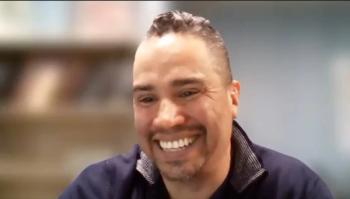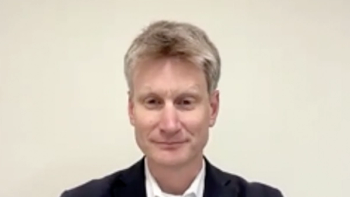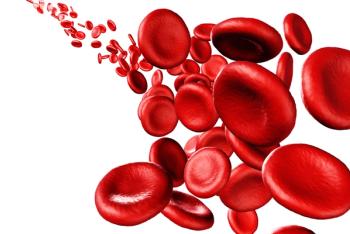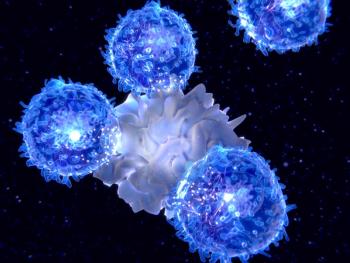
Tackling Unmet Needs in Mantle Cell Lymphoma
Tycel Phillips, MD, highlighted the need for new therapies for patients with MCL who have experienced relapse on previous lines of treatment.
The treatment of mantle cell lymphoma (MCL) has advanced significantly in recent years, largely driven by the development of novel targeted therapies such as Bruton tyrosine kinase (BTK) inhibitors. However, despite these advances, significant challenges and unmet needs persist in the clinical management of this disease.
Tycel Phillips, MD, an associate professor in the Division of Lymphoma in the Department of Hematology & Hematopoietic Cell Transplantation at City of Hope, explored the current clinical landscape and the pressing questions that are being addressed in ongoing research. Phillips outlined a 2-pronged approach to these challenges, focusing first on the need for a universally accepted definition of high-risk MCL. He highlighted the importance of accurately identifying patients with aggressive disease characteristics, such as blastoid morphology, high Ki-67 proliferation rates, and TP53 mutations, to better guide therapeutic decisions. He then addressed the critical issue of what to do when BTK inhibitors fail, a situation that leaves many patients with limited treatment options.
Phillips concluded with the urgent need for more accessible off-the-shelf therapies to improve outcomes for patients who experience relapse or are unable to access chimeric antigen receptor (CAR) T-cell therapy.
Transcript:
The biggest [challenge to research] is a 2-prong [issue]. One is with patients who are high-risk. One of the issues that has come up is the accurate definition of patients with high-risk mantle cell lymphoma. That is a focus moving forward that will be tackled sooner than later to get a universal definition of what is considered high-risk and then the best way to manage these patients. If we look at most of the clinical trials that have been reported out in the last couple of years, we see a vast majority of the patients are responding to treatments and are having durable responses, but there is a subset of patients who unfortunately seem to be more difficult to treat and are not necessarily having the great responses. [For] patients with blastoid or pleomorphic morphology, there are a lot of debates and discussions about the proliferation rate, how fast the cancer cells are growing. The Ki-67 and additionally TP53 mutations and how they are impacting clinical care. Having an accurate definition and then conducting more clinical research specifically focused on trying to help these patients will be important.
In certain situations, we have very effective treatments, such as Bruton tyrosine kinase inhibitors, or BTK inhibitors. What do we do when these drugs fail the patient? Because when the patients unfortunately stop responding to these medications, it presents a conundrum, because historically, we have seen there are few treatments that can help patients who have lost response to BTK inhibitors. Outside of CAR T-cell therapy and pirtobrutinib [Jaypirca], we do not have any other FDA-approved options. Two of the CAR T-cell therapies appear to be a much more durable response for patients [where a BTK inhibitor fails them]. We need more treatments to help support patients when [a BTK inhibitor fails them], especially those who cannot afford or have a reason why they cannot get to the CAR T-cell center. We need more options available in community situations to help these patients so we can improve their overall survival.
Newsletter
Stay up to date on recent advances in the multidisciplinary approach to cancer.


















































































